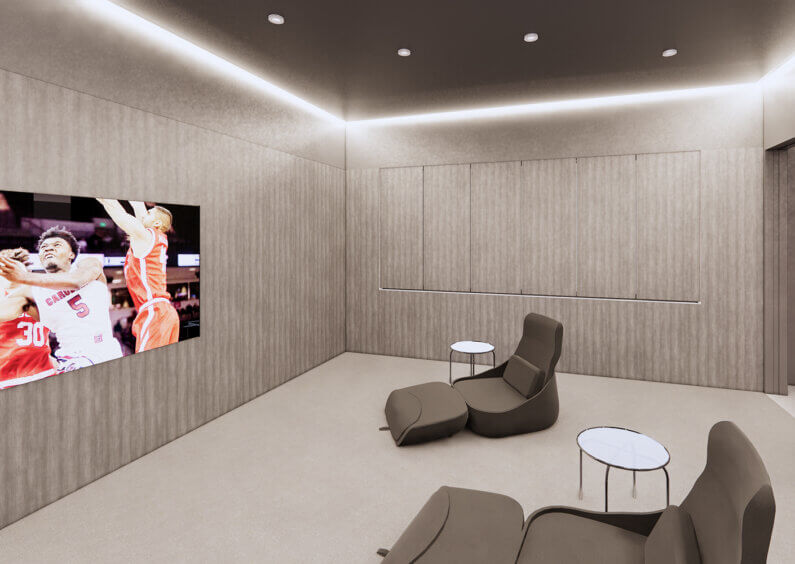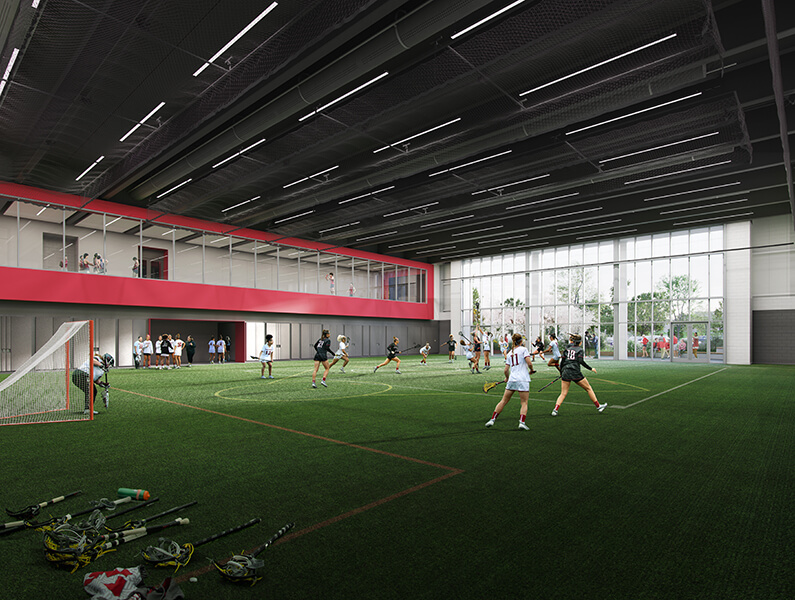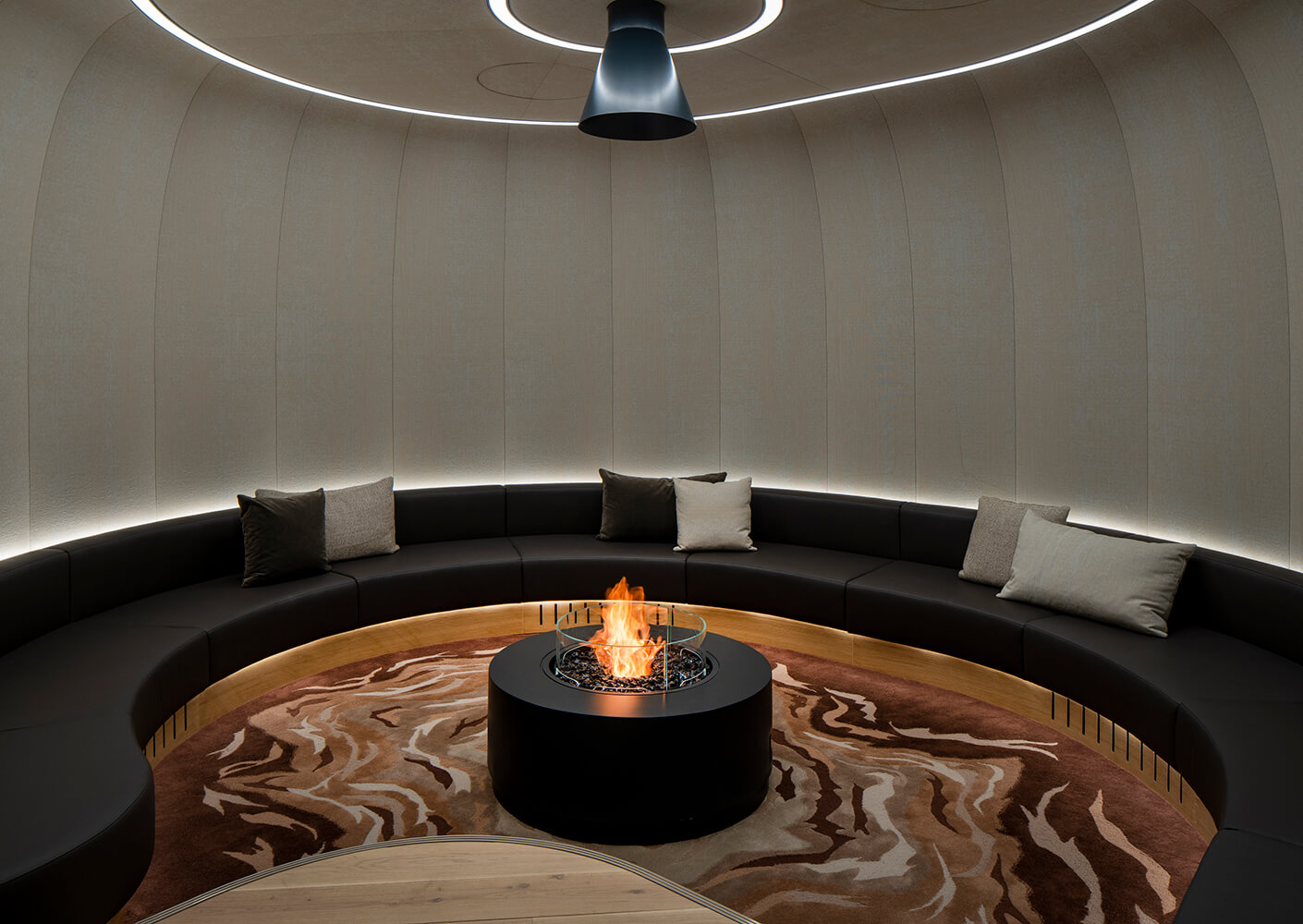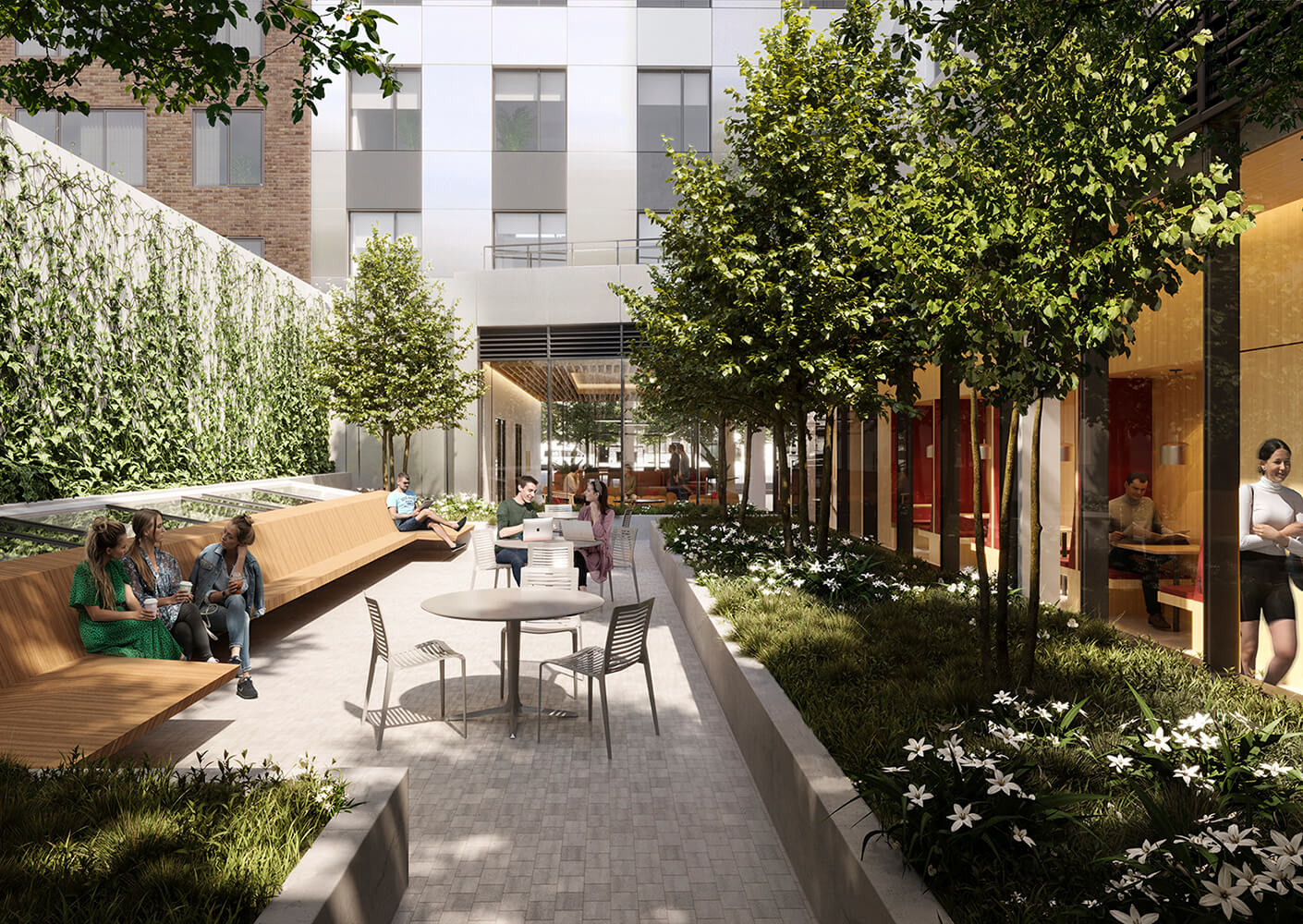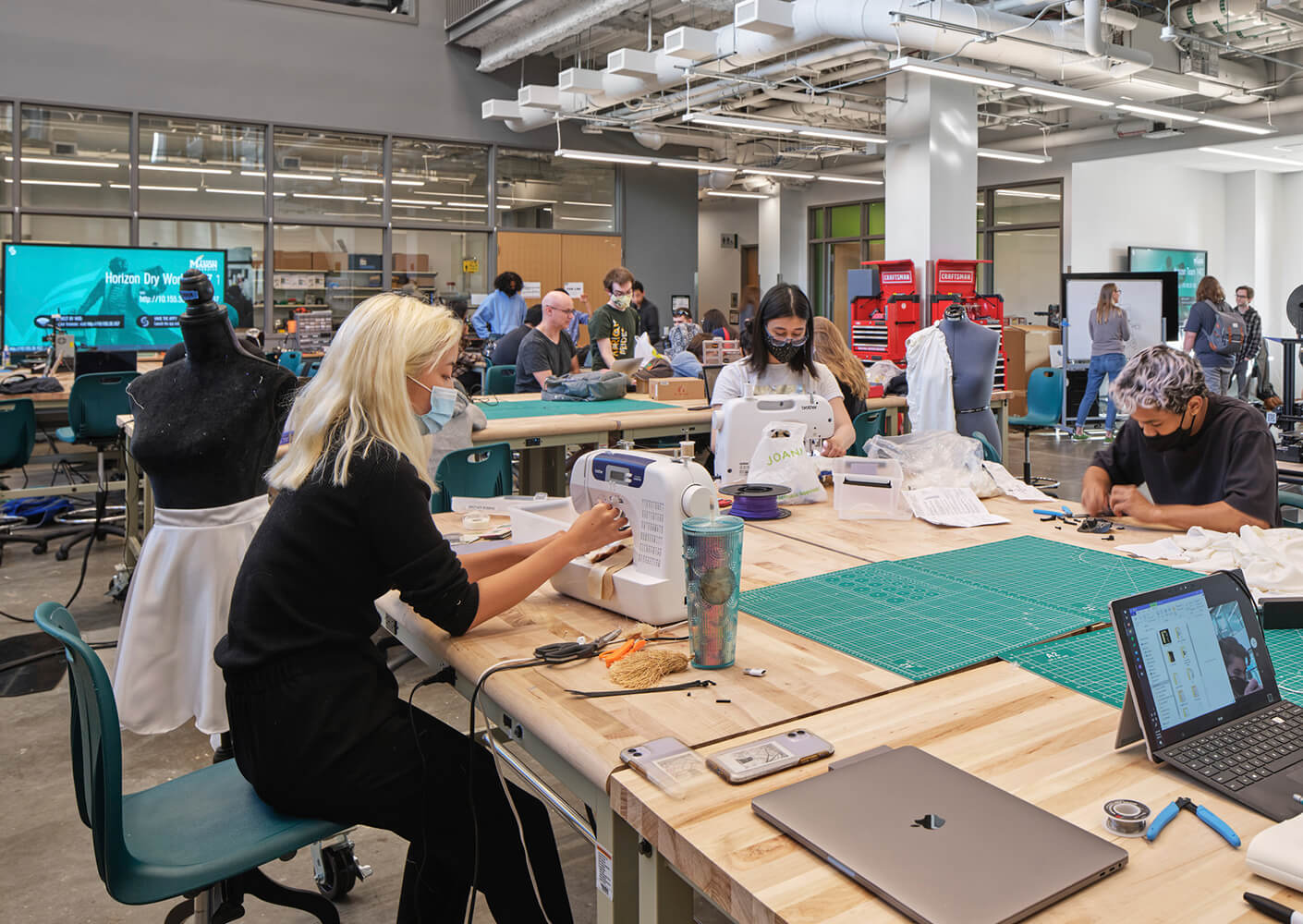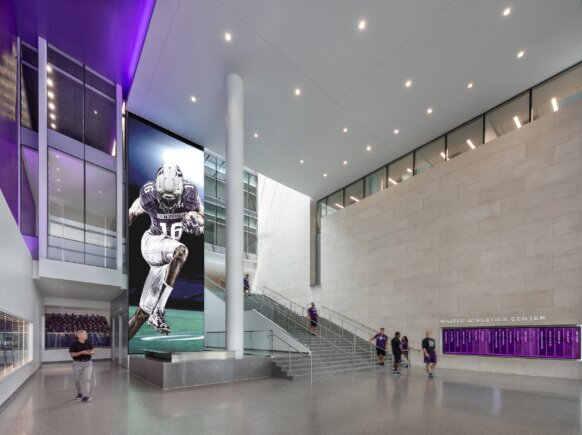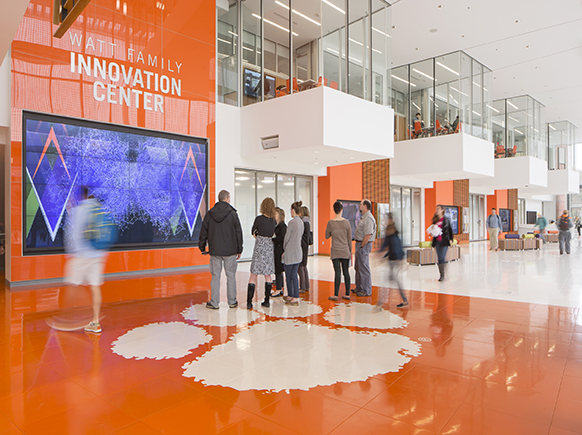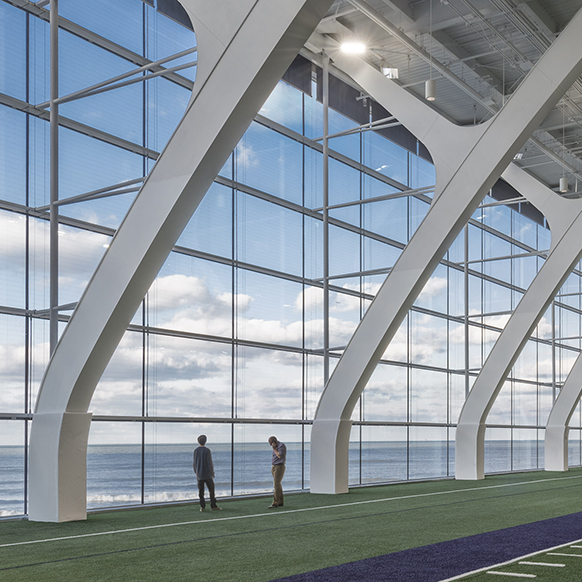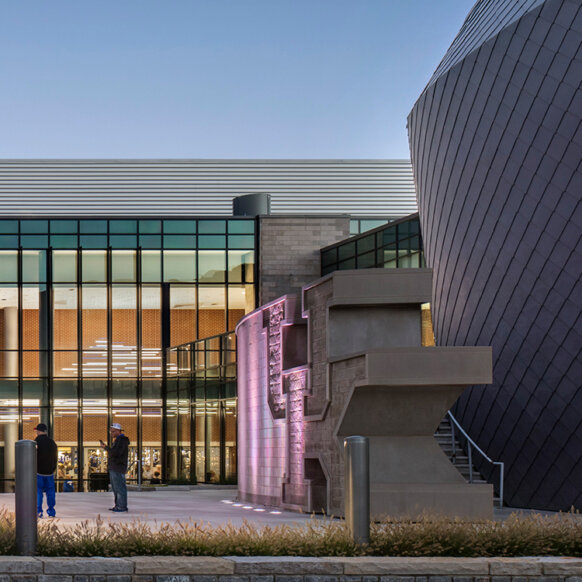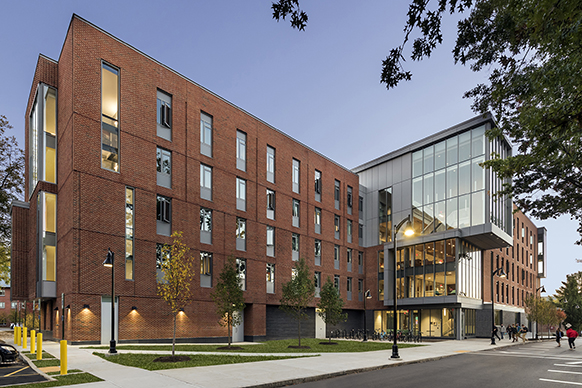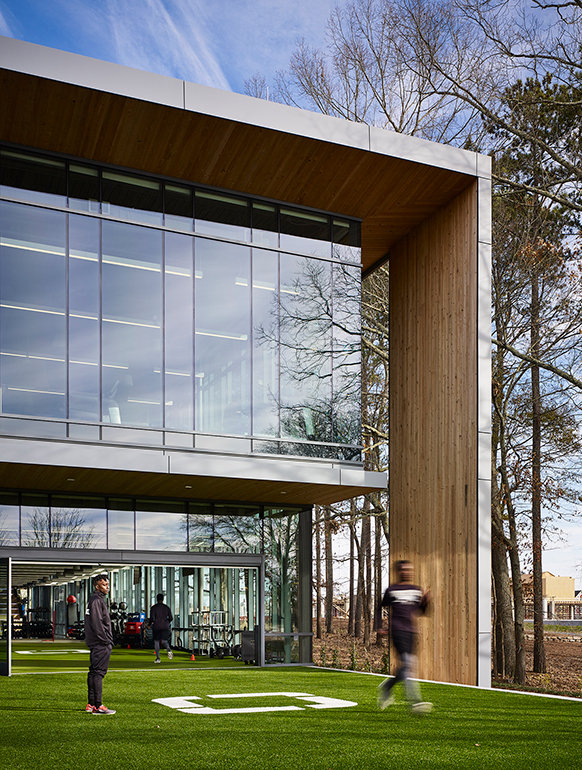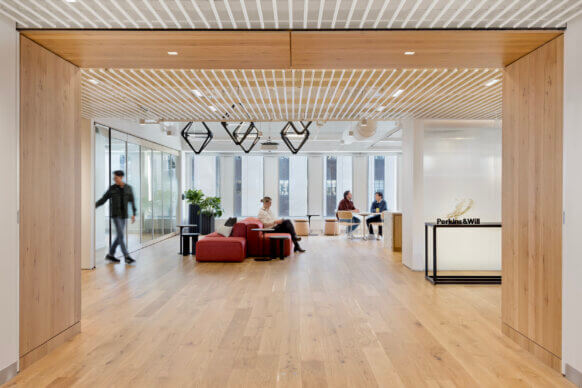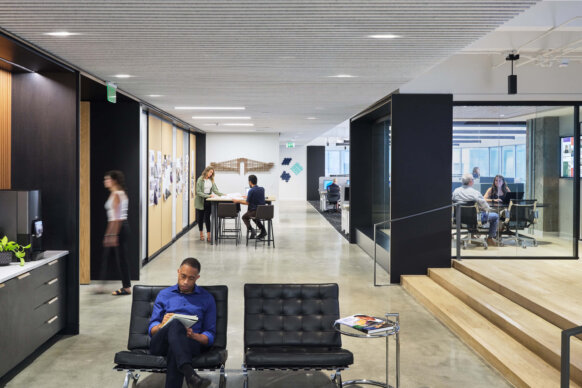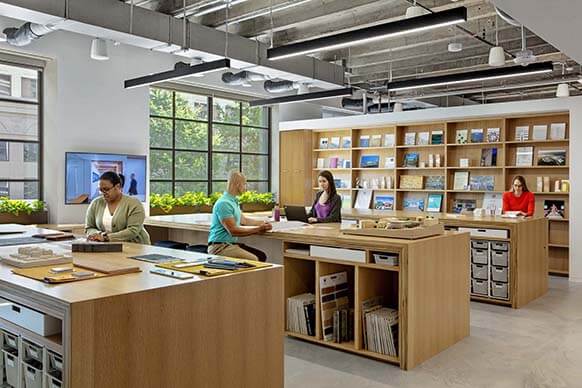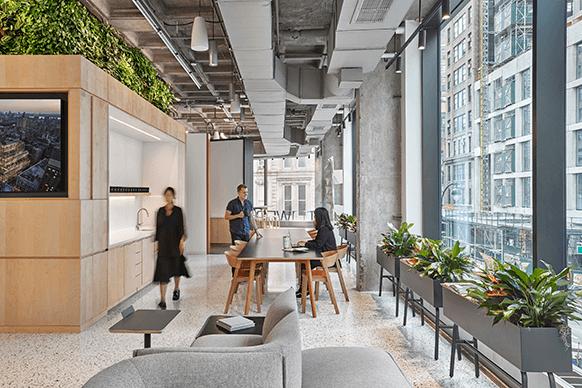College students today are stressed. 66% of U.S college students reported they feel stressed daily, alongside other high levels of negative emotions. In the face of the constant change and demands of campus life, students are searching for ways to decompress and reconnect with themselves. While critical psychological and clinical health services provide necessary resources, thoughtfully designed supplemental respite spaces can unlock opportunities for institutions to support holistic student well-being. A diverse ecosystem of campus spaces can offer meaningful and needed opportunities for students to rest, recover, reset, and care for their mental health.
What do we mean by an ecosystem of spaces? And how can students take a mental “vacation” to escape and reconnect for five minutes, an hour, or an afternoon without stepping off campus? The following unique spaces are examples of how mental health support can extend beyond traditional wellness rooms to all areas of campus, serving a diverse range of student needs.
